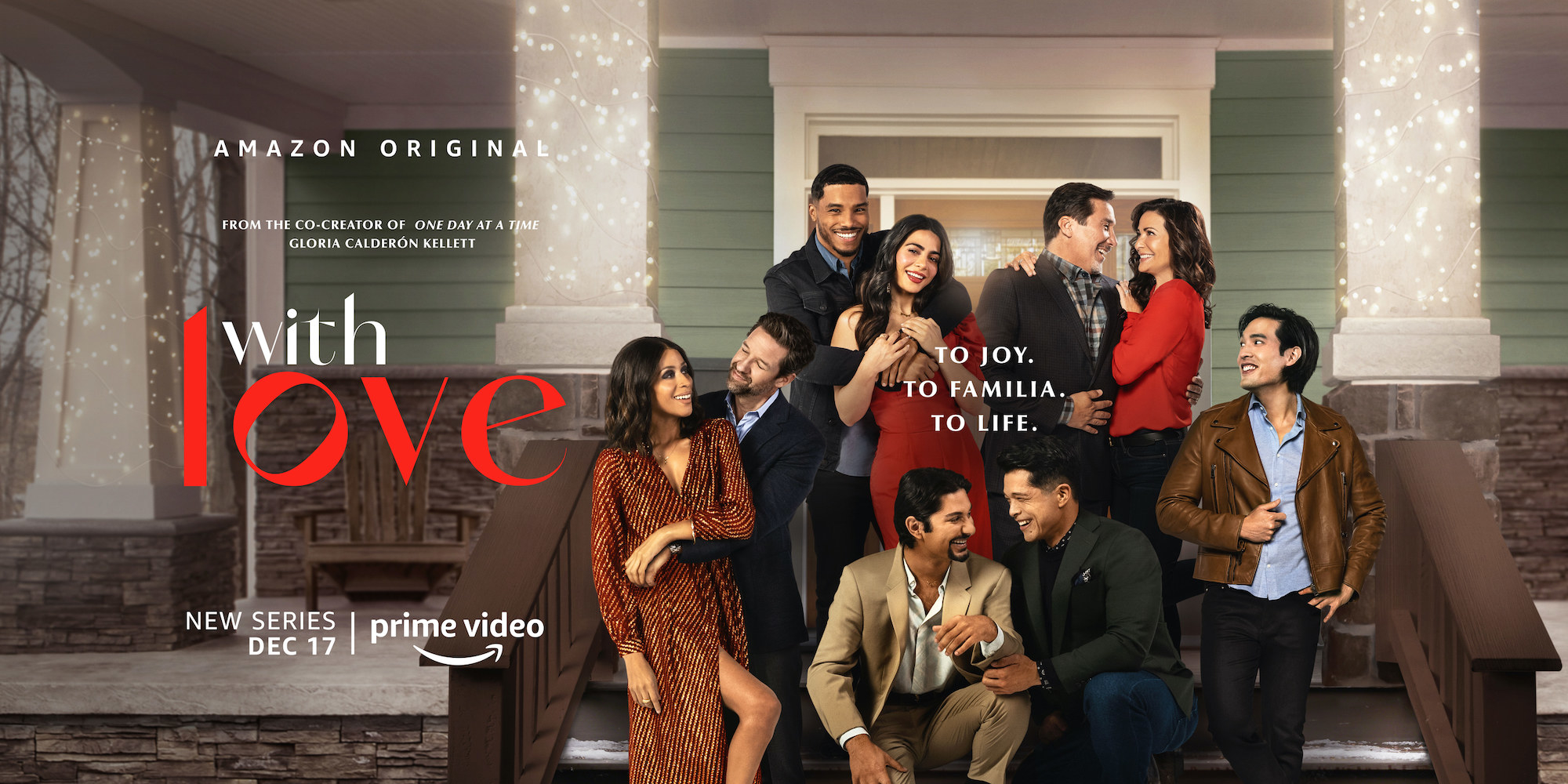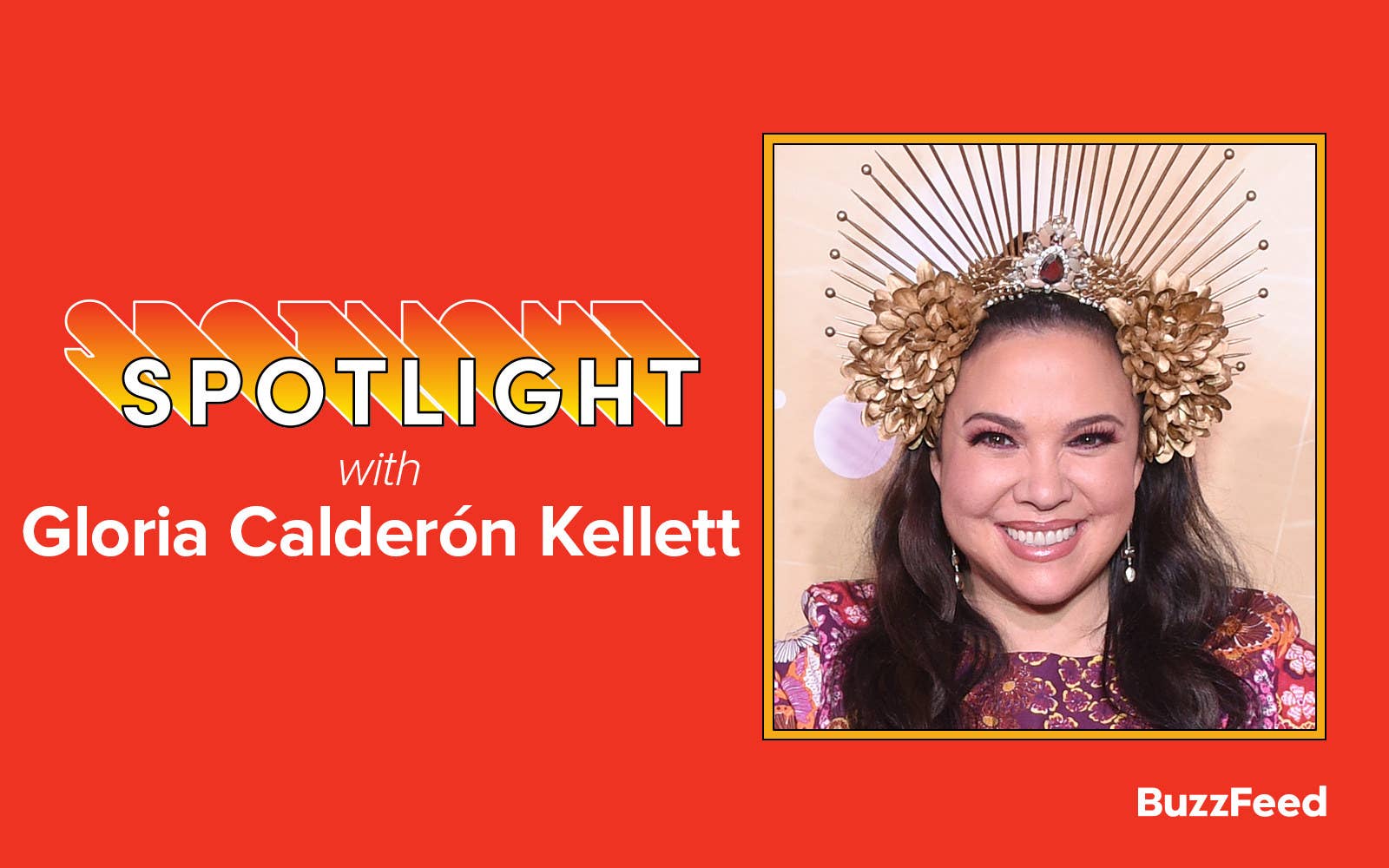
The world has been an especially stressful place of late, and one of the few opportunities we get to escape it is through the power of TV. Gloria Calderón Kellett, who co-created One Day at a Time, is back with another show that feels like the warm hug we all deserve right now. Amazon Prime's With Love unravels over five episodes and follows an ensemble cast of characters who are all connected through the Diaz family. Each episode takes place on a different holiday over the course of one year and puts love — most importantly, Latinx and queer love — at the forefront. Ahead of its release, Gloria hopped on a call with BuzzFeed to talk about what it was like making the series.
Note: #11 contains a very mild spoiler, but I promise it won't ruin the show for you.
1. Gloria created the show in response to not being around family members during the last holiday season, and in part because of all the racial and queer trauma she was seeing on her Instagram feed.
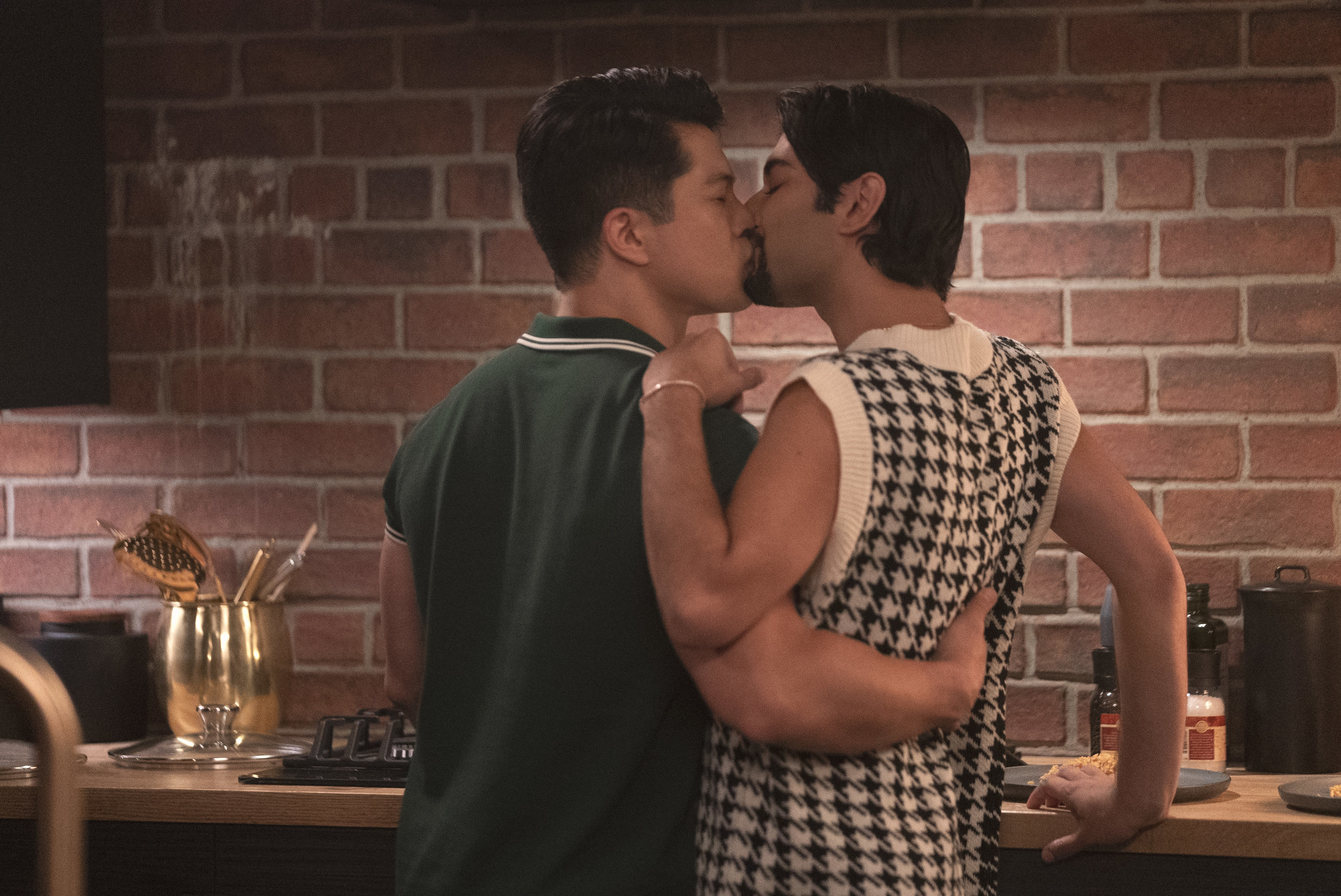
"It really came out of the pandemic, to be honest. A year ago, I was sitting at home feeling the heaviness of another year, where it was like, 'Oh, we're not seeing people this holiday season, right? We're gonna be home again.' And I come from a big Latino family, my husband comes from a big Irish Catholic family. So holidays are kind of when we see everybody and when we get the chisme of what's going on with everybody. ... And that, plus my Instagram feed that was a consistent barrage of like Black, and brown, and queer, and Asian bodies, and trauma — like hate crimes and bad things happening and you're like, 'It's too much, it's too much.' So I kind of retreated as I do into warm Christmas yummy stuff, which is When Harry Met Sally, and Elf, and Love Actually, and you know, all of those...they're real white. And it was like, wait a minute, I need to see something like this that's beautiful and elevated. That is for all these people. I want to do something for all the people on here that are traumatized like I am, and just want to see themselves thriving, and enjoying, and being beautiful, and dressing up, and all of that. And so that was kind of the initial spark — was wanting to have a brown Christmas, you know. So from there, it then became: What is the way into this story?"
2. The show focused on different holidays as a way to reflect what those holidays looked like through a Latinx lens and to "break through the noise." Gloria had also "never written something so fast."

"I just wanted to center on siblings and I wanted to center on falling in love. And I wanted to center on extended family and what that looked like. I wanted it to encompass what my world looked like. And in my family, there's more than one queer person. So it was like, there should be more than one queer person here, what does that look like? And it really started there. And then it was, 'Oh, I think this is a Christmas show.' And then it was like, 'Oh, but I've never seen Latino New Years. I've never seen the maleta and the uvas and all the stuff. I want to represent that.' And I was like, 'Oh, you know what, maybe I'll do holidays. Maybe I follow this. Maybe that's the fun way in. We're always trying to break through the noise too, there's hundreds of shows. How do you break through?' The fun way in here is we're following these people, but we pick up on these very heightened days of the year. And I pitched that to Amazon. And they were like, 'How fast can you make it?' And I said, 'Let's go. I'm ready.' And then we did it."
3. The show is set in Portland, Oregon, not only because Gloria grew up there, but because she wanted to show the world that Latinx people "are in every state."
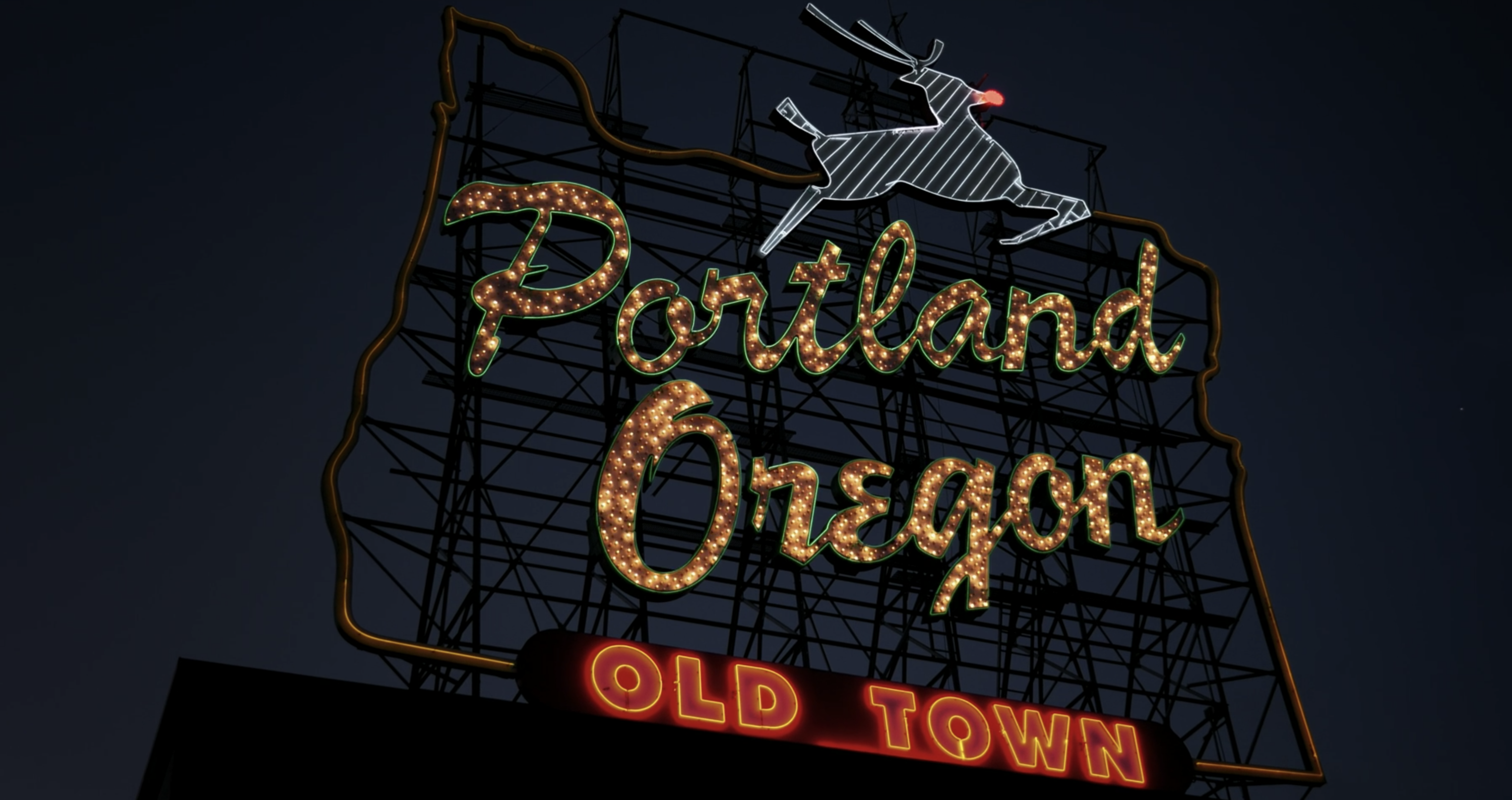
"When I moved to San Diego and then to LA, people were like, 'Where are you from?' 'Oregon.' 'Oh, there are Latinos in Oregon?' Like, yeah, we're in every state. We're in every state. There's a familiarity to these cities we always see: New York and LA. We always see Miami with Cubans. Right? So it's like, well, what would it look like elsewhere? What does it look like when we are in other cities and adapting to those cities? Right? That felt important."
4. It was also important for Gloria to not only showcase Latinx people, but Latinx people who are thriving.
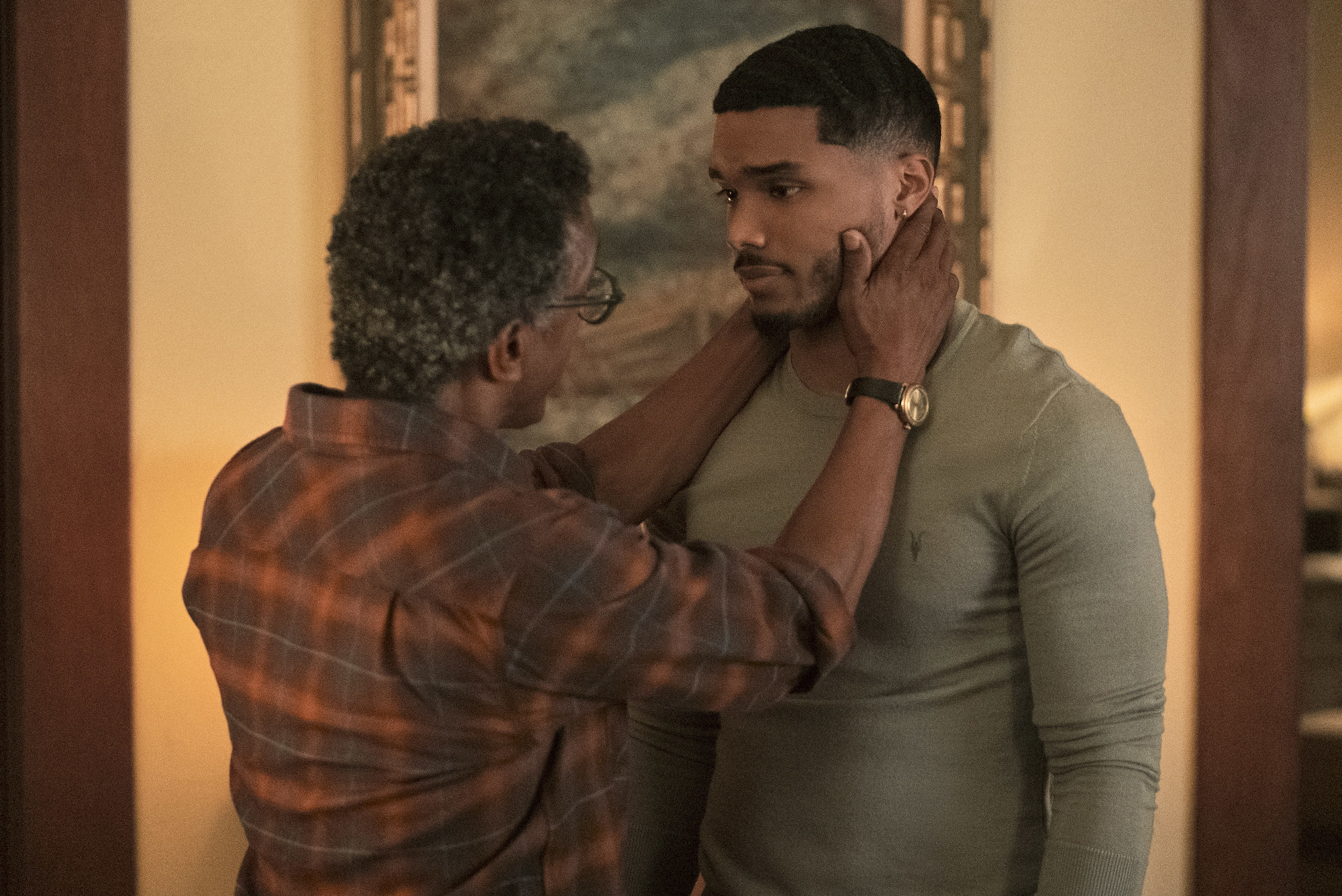
"It also felt important that we acknowledged thriving. I mean, I think [living in Oregon] was also a part of how this family thrived. You can live in a house like that and it's not like what it costs in all these other cities. And this family has built generational wealth. The abuela and abuelo came here, started a restaurant, were the only game in town because there weren't many other Mexicans there, so this restaurant thrived, and it grew and became very popular. And the restaurant itself is a beautiful, elegant, and elevated Mexican restaurant that the kids then took over. ... So like, they're doing well. It felt important to show, especially because Latinos in the last decade have been the main entrepreneurs in this country. So to see that not only the Diaz family can thrive, but also the Zayas family. Santiago and Laz own a construction business where they make bespoke furniture and do construction. They live in a beautiful place. They make beautiful things. So both of the families at the center of this are Afro Cuban and Mexican and are thriving business owners in Portland."
5. In an Instagram Live with Constance Marie, who plays Beatriz Diaz, Constance mentioned that she got teary-eyed the first time she walked into the beautiful Diaz family home because in her 33 years as an actor, she's always just wanted to play an "accomplished human being." Gloria had this kind of reaction top of mind when developing the world these characters lived in.
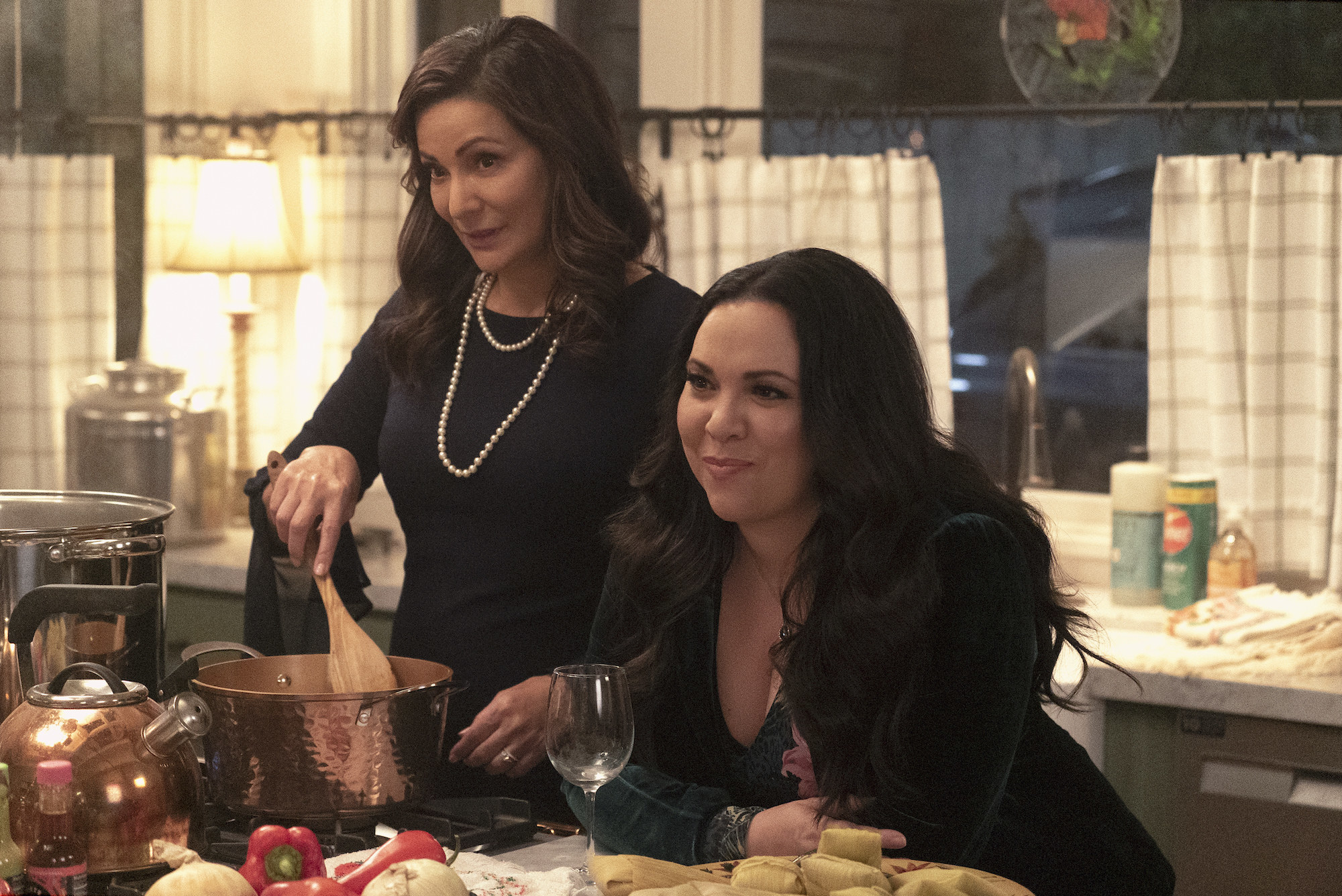
"We also deserve nice things, right? I don't mind roles about maids and gardeners, because that's part of our reality. And I'm proud of those of all of the essential workers who have fed us all during this pandemic. On the backs of Latinos is how we are all eating and getting our groceries, right? But that's not all we are. So to be able to show the totality of our experiences I think is really important, not only for ourselves as a community, but for other people to see that too — to see that we are also these other things. And I think it just adds an important element to this for me."
6. Every episode was directed by a woman of color: Meera Menon, Linda Mendoza, Kimberly McCullough, and Hiromi Kamata. At one point, veteran actor Pepe Serna, who plays Luis Delgado, made sure everyone on set took a moment to celebrate that.
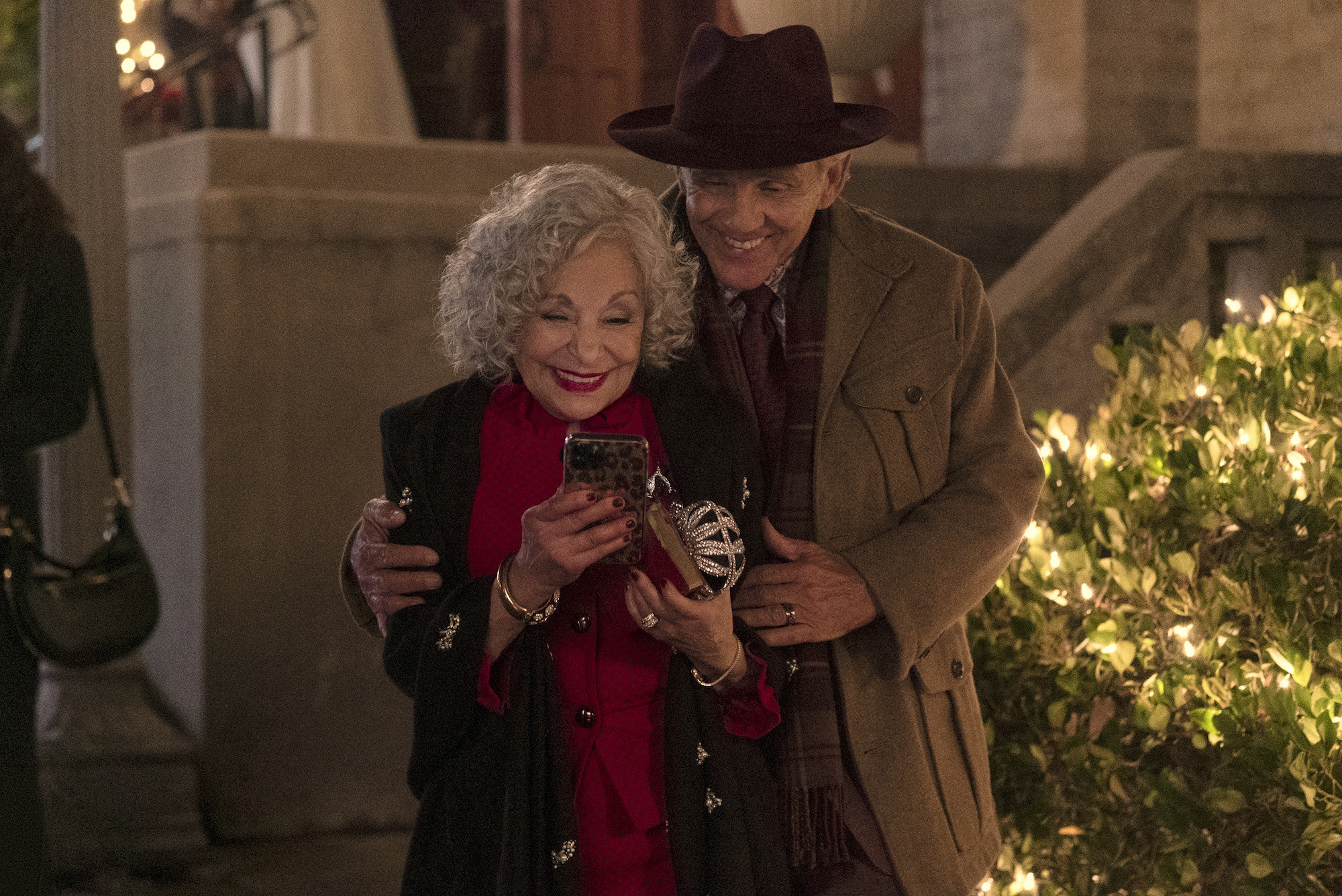
"Meera Menon, who did the first and last episodes, is Indian American. Sandra Valde-Hansen — our director of photography — is Filipina. Linda Mendoza is Mexican, Hiromi Kamata is Mexican and Japanese, and Kimberly McCullough is Mexican. There was a moment in a scene that got cut in the pilot where — Marta talks about it — but Pepe Serena, who plays Luis, walks into the shower. [Marta's] showering and he walks in naked into the shower. Okay, so when we went to shoot that scene, Pepe stopped us because it was me, Sandra, Meera, and Kristin [Rapinchuk], our script supervisor. We were all four standing there. Oh, and Marissa [Leguizamon], our production designer. Marissa is also Latina. So all of us are standing there and Pepe goes, 'Whoa, wait, we got to pause for a second. Because I've been doing this since the '60s...' — because he's old school. Pepe has been in everything, he's legend — '...I've been doing this for most of my life. Never have I stood here and all of those people are women, ever.' He's like, 'So one moment, one moment where we do this *claps*,' and all of us got teary that the old-school Latino was like, 'Wait, you are all here. And this is amazing.' I'm so happy that he forced us to pause because we're in the work...so we're not going to be like, 'Oh, look at us, ladies.' We're working. But it was awesome. It was awesome."
7. It was important to Gloria that the writing staff also reflect the diversity seen on screen.
"We had an incredible, incredible staff. Zoom allowed us to have a writer in New York, which is amazing. So Juliany Taveras, goes by JT as well, is non-binary and Afro Latinx. And to see somebody express their heart and give us so much from New York, when we would never have been able to have them in the room otherwise, was really magical. And then Eli Wilson Pelton, who is an incredible African American queer writer who was on Insecure before us and is now on Bridgerton. And then Matthew Cruz, Andy Roth, and me, it was wonderful. It was a wonderful room, and I'm so happy to have that diversity behind the camera, which lends so much to this. I'm Latina, but I'm still a cis straight lady. So, for these queer storylines to really have heft, it requires queer voices in the room to speak those stories. Marcos Luevanos too...amazing Marcos, who's now on Love, Victor, wrote the finale so beautifully and was able to really put his Mexican queerness into the show. All the writers gave so much beauty and left their fingerprints on this show, so it was a group effort. I have to give them lots of love. They did a beautiful job."
8. The pilot's opening scene was originally very different and spoke to second-generation guilt, but was later changed when audience testing was done.
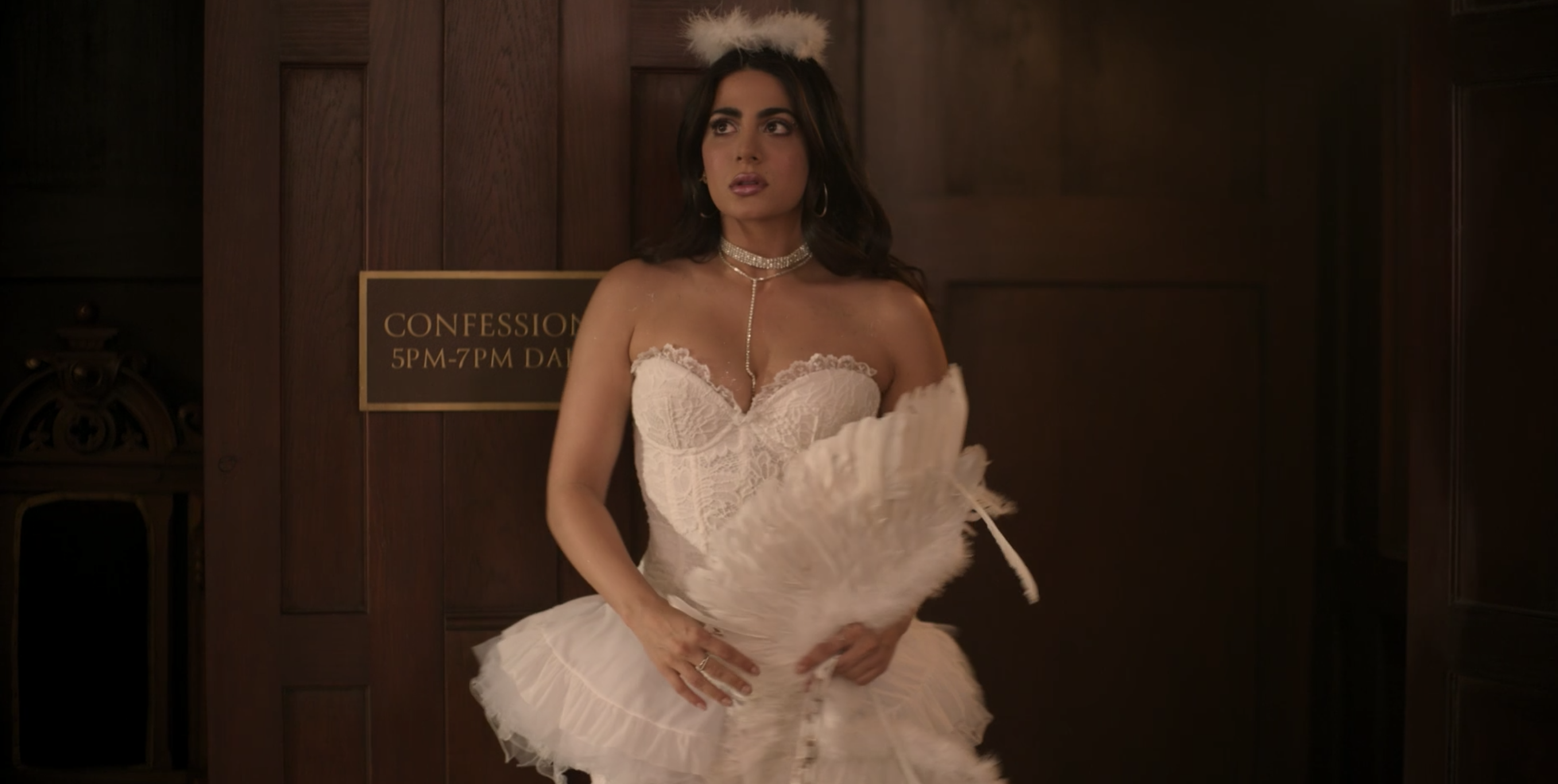
"It opened on Lily in a confessional. That's how the pilot originally opened. So it started with, 'Bless me father, for I have sinned, it's been a hot minute since my last confession.' And she has this whole dialogue with the priest. That was the first three minutes of the show, and what we found in testing was it confused people because they didn't know what they were watching. And there was a lot in there about second-generation child guilt. At some point, I'd love to release it on Twitter or Instagram, because Emeraude did a beautiful job with it. One of the lines was about when your grandparents left their homeland to find a new life with nothing and your parents work 14-hour days so you can go to good schools, your job is to be happy. 'I have to be happy, but I'm not.' So I loved the conversation about second-generation — this next batch — which is going to be my kids, who know the trauma that was endured so that they could have this life and the pressures that it puts on them. And also, challenging tradition, right? Lily is challenging tradition. She knows she's about to go into that party without a boyfriend anymore, and that she's going to get the litany of Diaz saying, 'Y tu novio?' Like, she knows she's about to walk into that. Why do we put that on these people? Why do we put that on these young women in particular? Why do we still have conversations about patriarchy within our own community where you are not 'done' until you have a man? Your happy ending can only 'be' if you have found a partner, right? So it's challenging all of that, in these conversations about the rom-com. It's all very heady. And I think way too much about every single scene in the hopes that I can sneak the broccoli into the mashed potatoes so that when y'all are watching it, you're just able to enjoy it. But maybe there's some sprinkle of something that you'll have a conversation about afterwards. That is the intention."
9. With Love gave Gloria the opportunity to evolve important conversations she began with her previous series, One Day at a Time.
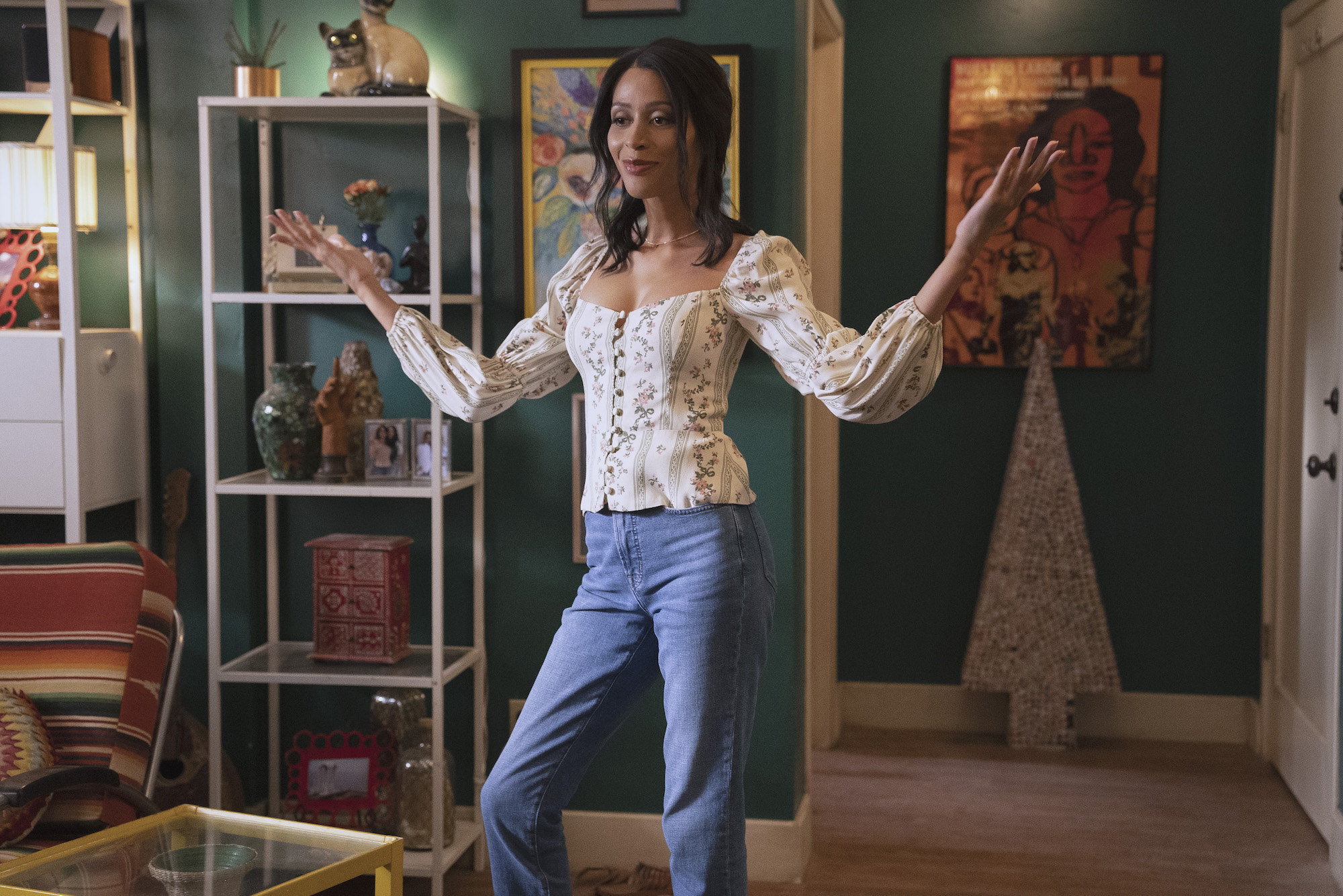
"I want this show to leave people with the feeling that kindness is good. Curiosity, coming from a place of kindness is okay. How can we have these conversations in a curious and kind way so that we can build better understanding and build bridges towards one another? Ultimately, if people just feel like, 'Oh, I just felt like that was a warm hug.' Great. Great. I want them to feel like it was a warm hug. But then I want them to sit with what they just experienced. On One Day at a Time, I got to start conversations that I feel like this show gets to evolve. On One Day at a Time, we had the youngest Latina ever come out on television, right? This show is, 'What happens 10 years after that?' Like, for me, the coming out narrative is one we've now seen, right? There's been other coming out stories now. It's wonderful. What does it look like 10 years later when nobody cares anymore? Abuela doesn't care anymore. Sol transitioned...nobody cares anymore. Now all that's left is the love. All that's left is, 'I want this person to be happy. I'm on the other side of their identity, I can wrap myself around it as a family member that loves them. Now, I just want them to be happy.' So what do those conversations look like? That's what I wanted to have in there."
10. For Gloria, the scene in the pilot in which Lily and Sol are having a convo in the bathroom as Lily pees has a deeper meaning about familial intimacy and love.
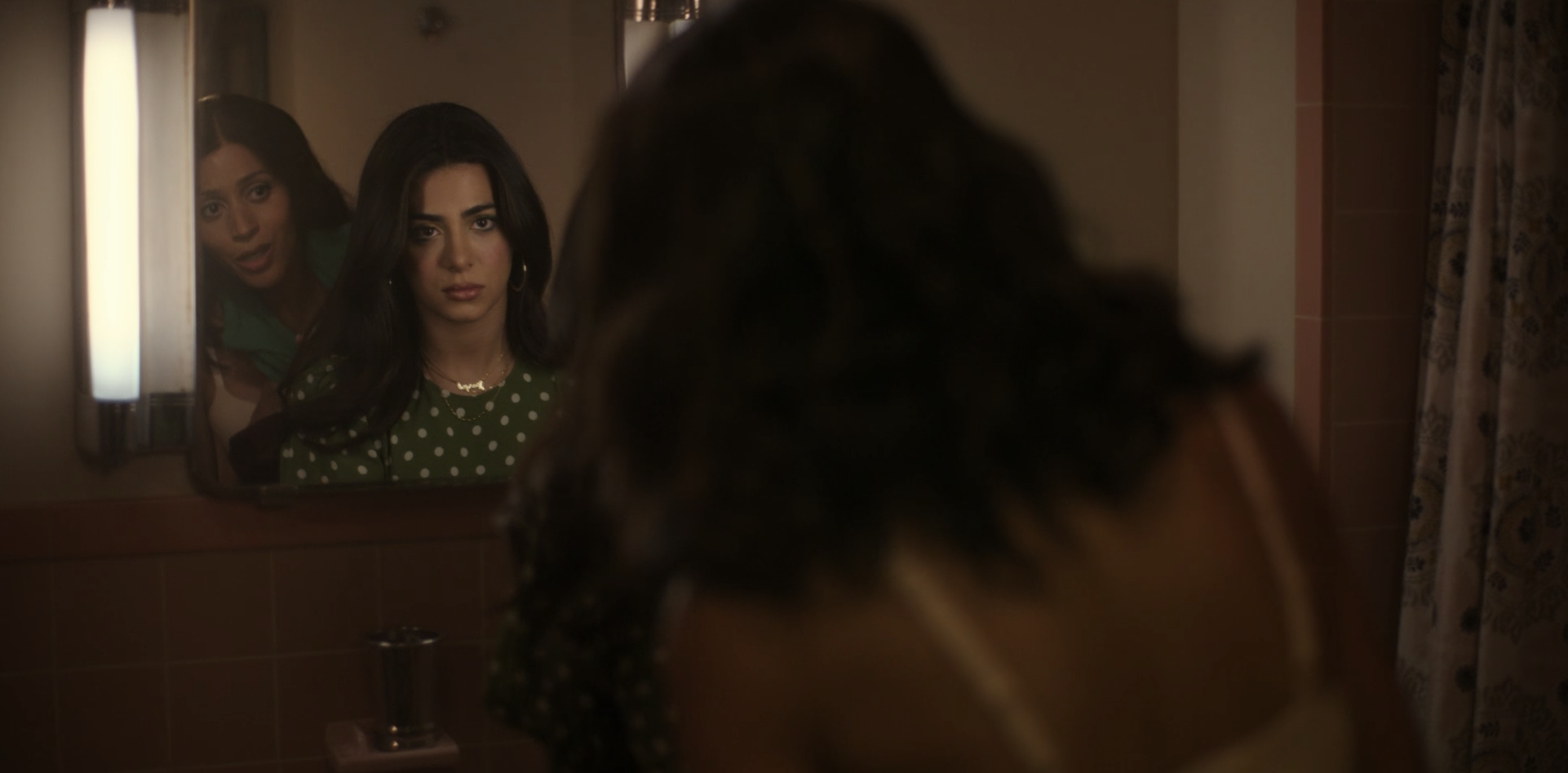
"I want to show true intimacy between these cousins. And for me, intimacy is, 'I'm peeing, you walk in, we're having a conversation, because that's how tight we are.' So it tells the audience, 'Oh, they're like that. They're different, they're tight, they're super tight, and they're comfortable. And this is a trans, non-binary person...it's even more meaningful that Lily's in the bathroom. It's not a big deal that their cousin [Sol] comes in.' So it showed several levels of intimacy that no one talks about, that just exist within the confines of that scene. So anybody watching it could just say, 'Oh, it's these two people in a bathroom, and who cares?' But there's all these other little things that are meaningful in terms of how these two characters feel about each other, and how it's not a big deal that they're in a bathroom together, and that can exist as well, right? So yeah, I would try to layer in things that were there just for me, you know, or for maybe the few people who might note them, but felt important nonetheless."
11. The pilot features an original song called "Noche Buena" by Emily Estefan, who is the daughter of Gloria and Emilio Estefan. Gloria approached Lin-Manuel Miranda via text to ask him if he could write the song, and he did.
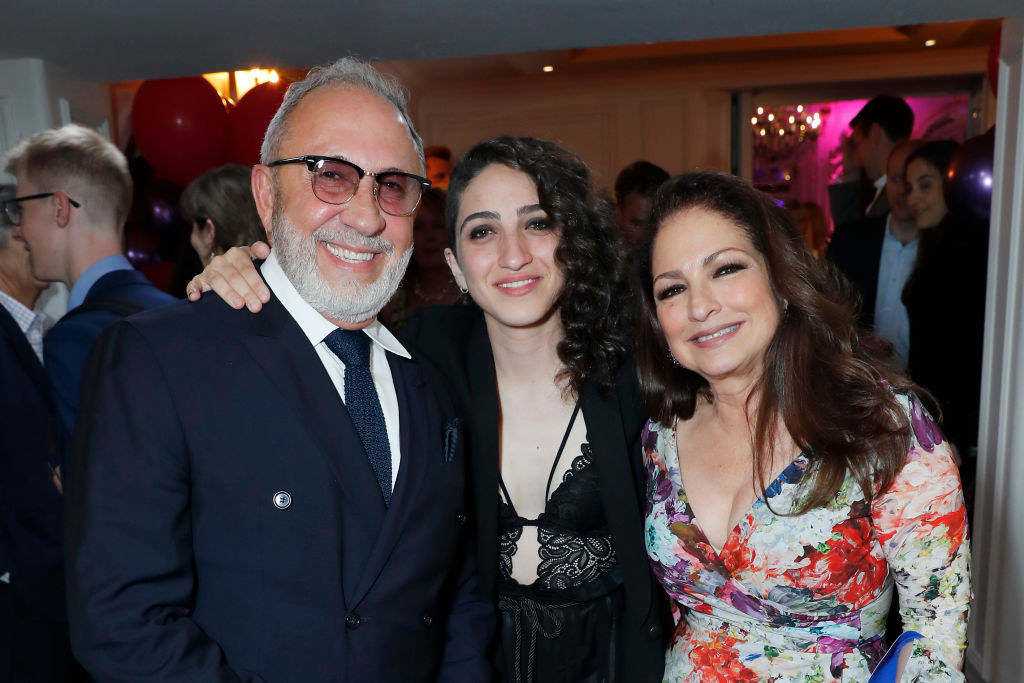
"I love all the Estefans and Lin. I mean, it started with Lin, right? It began with like — I texted Lin and said...I mean, the balls, really the balls I have, Pablo. I don't even know where they come from. The idea that I would have the balls to just say, 'Hey, I'm writing this thing. Do you want to write a song for it?' I mean, I don't know where I get it from, but bless his heart. He said yes. Listen, Lin and the Estefans have shown up for me before they knew me. You know, they just saw somebody that was hustling. My heart goes out to them because they really were kind to me before they knew who I was. And so that means a lot to me."
12. Speaking of music, the show's score was created by a 25-piece orchestra and the show's song choices were deliberately made with the intention of making With Love feel "timeless."
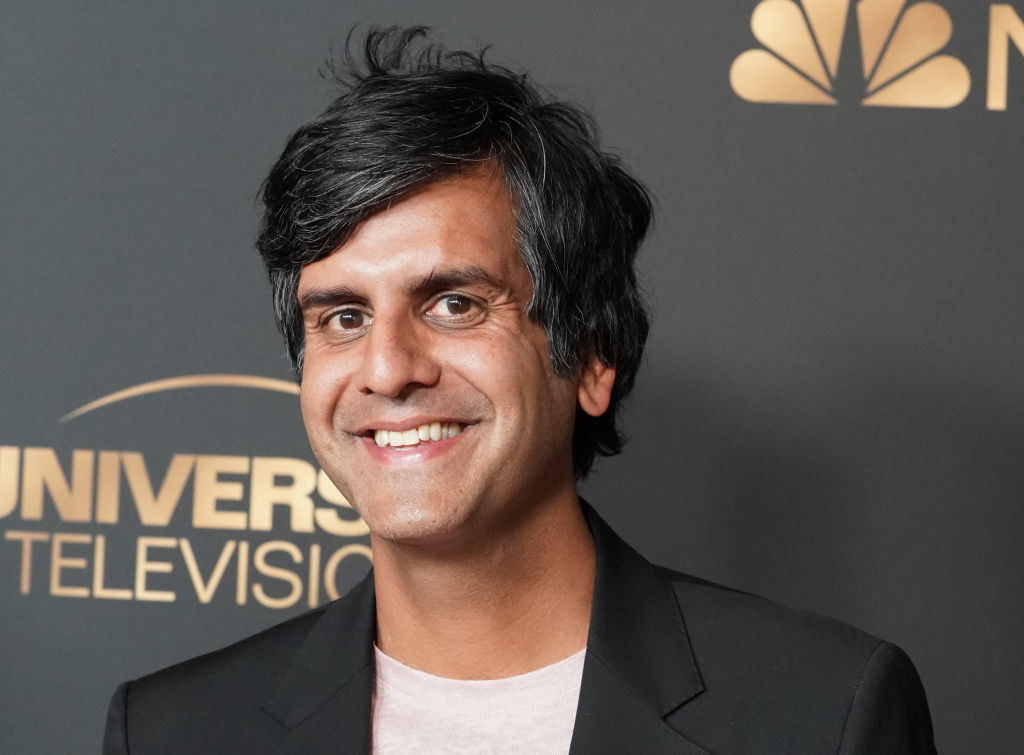
"That's Siddhartha [Khosla]. So Sid does Dan Fogelman's music, so he did This Is Us, he does all of Dan Fogelman stuff. He also did Only Murders in the Building. He's unbelievable. Unbelievable. And he and I just connected over both being immigrant kids. We just connected on such an artistic level. And so it started with, 'Sid, I want it to sound like the best '90s rom-com. Like I want that sound, I want the show to feel timeless.' And I think the way to do that is to have a score that feels familiar, but new. And he just got it. And he came up with that *sings musical notes*. It was perfect, like I literally wept when I first heard it. And then 90% of the songs, for the most part, I would say are soul B-sides or soul singers that did not get attention in the '60s and '70s. So it's a lot of Black and Latino artists that were amazing and wrote this amazing music that didn't hit dominant culture. And it felt like that was also in line right with what we were doing. So it's got like a '70s soul and then this '90s rom-com down, and then a couple of new songs to give it sort of this timeless feeling, which is what we were going for. But yeah, he was like, during COVID I think I can get this orchestra, and so that orchestra was from Budapest. I got a live feed of them doing it and I just couldn't believe it. For me, it feels like a present I get to give my people, you know? I get to give them a real score. I get to give them like a 25-piece orchestra doing this music. It makes you emotional in a way that you're like, 'Oh, this is just a rom-com but it's all those other little things that make you feel like finally we get this too, you know?"
13. Spoiler warning: As you know, Season 1 ends with a possible proposal, but it's unknown who exactly is getting proposed to that night (or if they'll say yes). Well, if the show gets renewed, we're definitely getting a big wedding next season.

"Yeah, so in Season 2 someone is getting married, so we get to have the big, fat Latino wedding. That's what Season 2 is about...is hitting all the tropes. So much of my career is really like, we don't exist in this space. I want us to exist in this space. So for all the things I never got to see myself in, I want to rectify that in my career, so that by the time I leave this Earth, there will at least be a couple of examples of spaces that we weren't in before that now something exists for us in that space."
14. Ultimately, Gloria hopes viewers feel like they're in a "magical world of rom-com" that feels familiar to them when watching With Love.
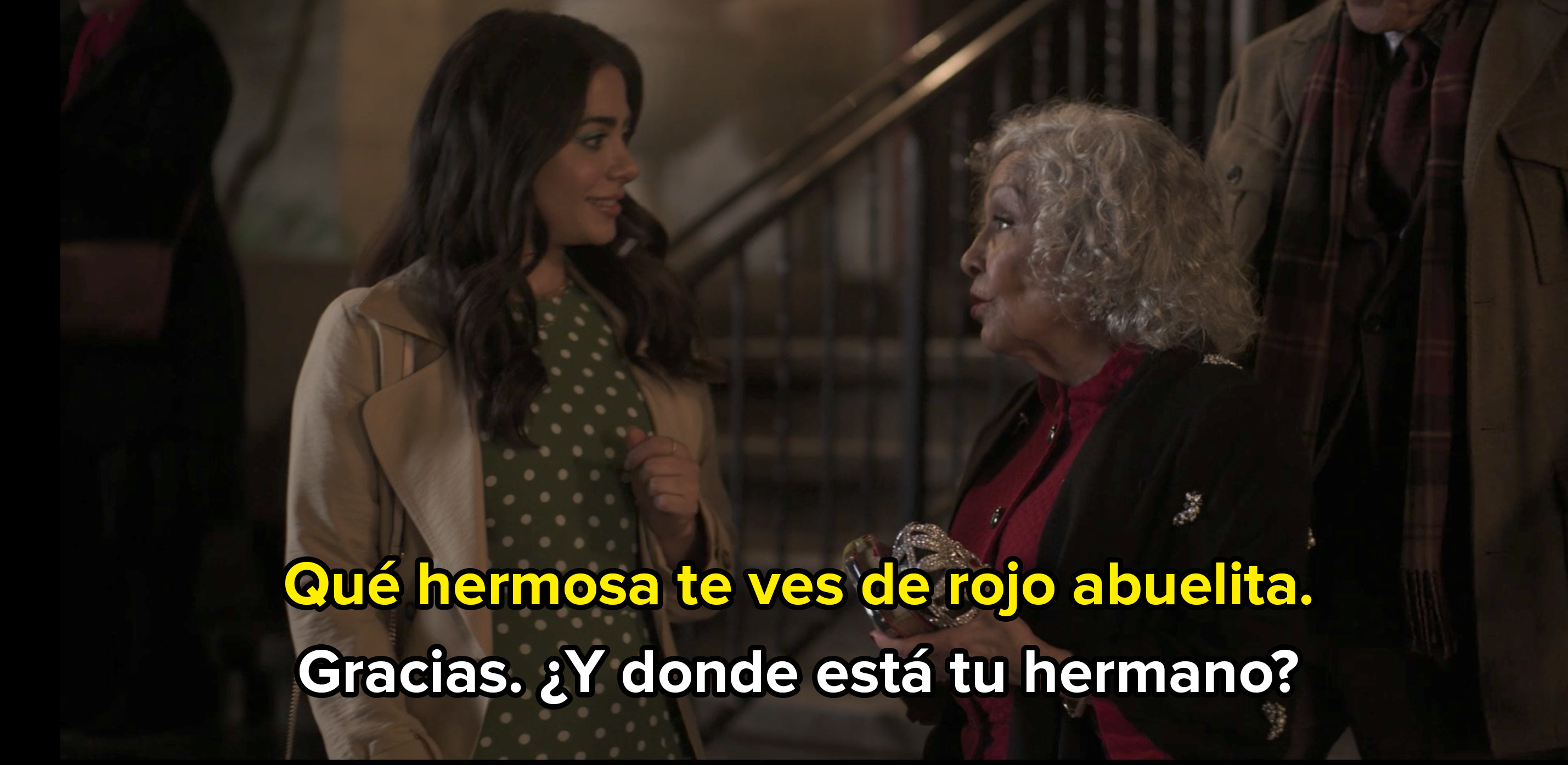
"I really love this idea of taking on familiar things. Like the rom-com and the sitcom are both, like you said, wildly underestimated mediums, and so for me to take at first a multi-cam and say, 'I'm gonna take this thing that isn't cool,' right? Multi-cam sitcoms aren't cool...how do I use this familiarity, this couch that we've all grown up watching: different shows, white people on a couch, right? And put our people in there and infuse it with specificity, infuse it with stuff to make our people feel seen. So that was like One Day at a Time, and this is, 'How do we take the rom-com, which we've seen a million times, especially at Christmas — boy, it's white people left and right falling in love — how do we infuse what's familiar?' Like, I love how we open on images of Portland and 'It's the Most Wonderful Time of the Year' by Andy Williams, the whitest Christmas song in the history of Christmas songs. We start with this very 'white' thing and we end up in a church, and the first words out of Renee's mouth are in Spanish. To be able to wrap this in something that feels familiar but make it for us, it really is just like, I needed to do it for me to feel connected to people, and I hope that people just feel like they're in a magical world of romantic comedy when they watch it."
Thanks for chatting with us, Gloria! Make sure to check out With Love streaming on Prime Video now!
